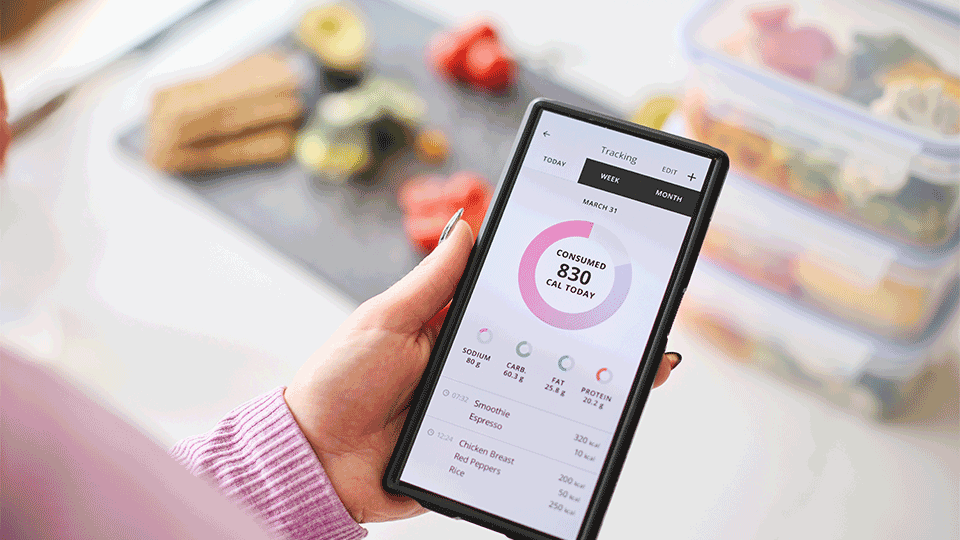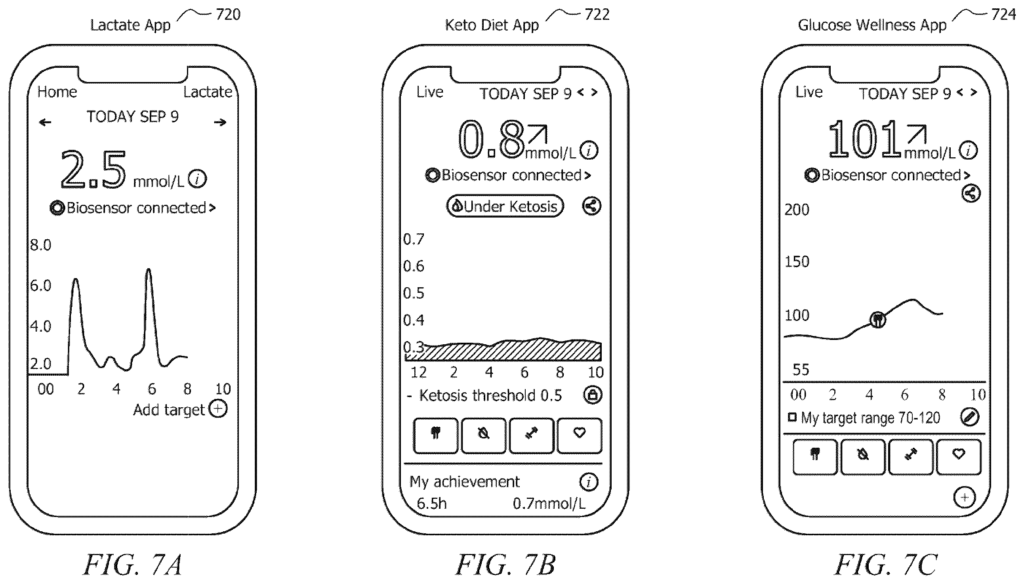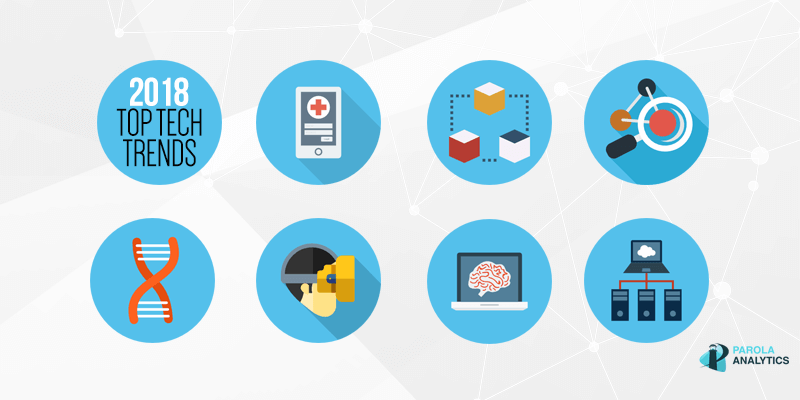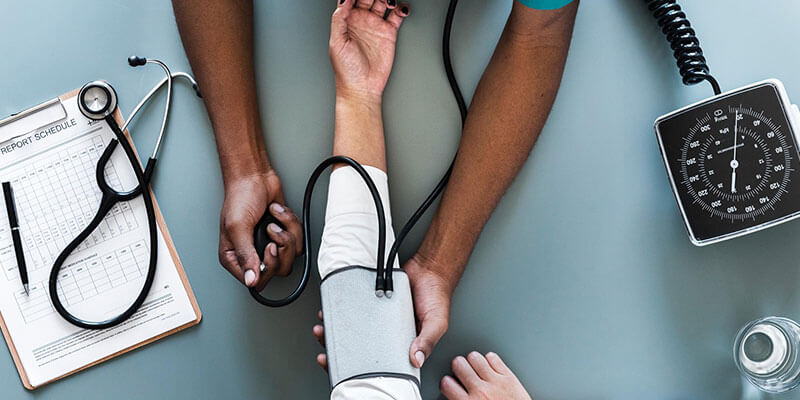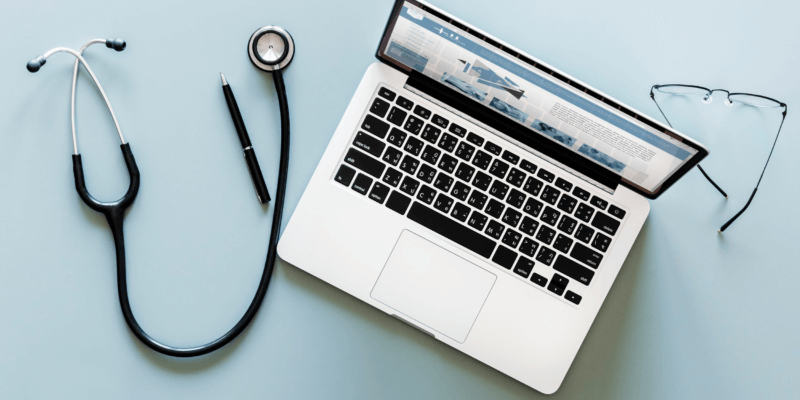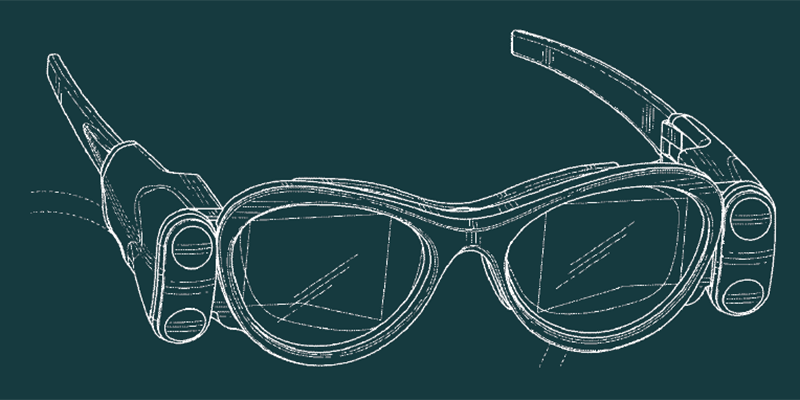Maintaining a healthy diet is essential for preventing chronic conditions such as diabetes, obesity, and cardiovascular diseases. Traditional methods of tracking food intake often involved manual recording or the use of smartphone apps. These approaches relied heavily on user memory and proved less effective for individuals with cognitive impairments.
Recent innovations in food tracking technology are revolutionizing how we monitor our diets. Advanced food tracking apps now provide real-time monitoring of food intake, integrating with health apps to offer detailed nutritional insights and personalized recommendations. Aside from calorie counting features, these innovations allow users to make more informed dietary choices.
This article explores recent patents and patent applications driving the future of food tracking apps, real-time dietary monitoring, and food management technologies.
MyFitnessPal
Food tracking apps, calorie counter apps, are popular for helping users make healthier choices. These apps use large databases of nutritional information contributed by users through a crowdsourcing platform. However, the data provided is often basic, lacking the detailed insights needed for users to make more informed decisions about their food choices. Furthermore, the search function is limited to text-based queries, resulting in unorganized results that make it difficult for users to find foods tailored to their specific needs. Enhancing the detail of the nutritional data and improving the search functionality could significantly boost user experience and ease of use.
MyFitnessPal, a health and fitness tracking app, answers this problem by providing a health tracking system that has a food knowledge database which contains labels and generic names for consumable items and their relationships.
Food knowledge graph
In their patent application, the food database organizes its data into a food knowledge graph, where data labels are stored in nodes. This allows food items to be linked by relationships. For example, “peanut butter chocolate chip cookie” is connected to “allergen” because it contains “nuts” and “gluten,” both classified as allergens. This way, the database is not just a random collation of food item data but becomes a knowledge base that correlates one data item to other data items.
When a request for a consumable item is received from a health tracking device, it is matched to relevant labels in the database. The system then identifies and transmits a corresponding data record to the device, which displays a menu with three result set options for: 1) similar items, 2) substitutes, or 3) healthier alternatives.
Machine learning models may be used to match descriptive strings to labels for improved accuracy in identifying relevant data.
U.S. Patent Application 2024/0249816 ,”Food knowledge graph for a health tracking system”, was filed on January 26, 2024, and was published on July 25, 2024.
Abbott Diabetes Care
Monitoring an individual’s physical condition can lower the risk of chronic diseases and reduce future healthcare expenses. It also has the potential to improve an athlete’s fitness level before, during or after a sports performance. Of particular interest is a device that can monitor an individual’s glucose level, specifically those levels that are considered not normal. For example, an individual who just ate dinner may experience a spike in glucose level. These spikes will typically lead to unhealthy body conditions such as overeating and mood swings.
There are numerous devices of this type that are available in the market today but many of these devices do not provide a user interface that are suitable for users that are not in the medical field. In this regard, there is a need for a universal user-friendly system that supports users of various backgrounds.
Glucose monitoring
The patent application by Abbott describes a system for glucose monitoring using an algorithm to monitor sudden and sustained increases in glucose levels. The algorithm tracks the start and end of each glucose spike and assigns a count that can be updated in real-time. The system distinguishes between glucose spikes, peaks, and excursions, and provides a more focused approach by tracking individual glucose events rather than averaging data over longer periods. This allows users to understand and manage specific events, such as meals, and receive immediate feedback, like prompts to act during a spike.
In a nutshell: It simplifies the user experience by tracking individual glucose events (e.g., meal-related spikes) rather than aggregating data over long periods. This makes it easier for users to understand the effects of specific behaviors on their glucose levels.
Additionally, the wellness app provides a daily count of glucose spikes, aiming to keep the count below a target score. This offers the users a metric to monitor and reduce their daily glucose exposure. The app operates passively without requiring manual logging from the user. The app also differentiates between spikes caused by exercise, which are excluded from daily counts, and those caused by food or stress. Users can tag and filter spikes based on their cause, with optional exclusion of certain types of spikes from the daily total. The system also includes metrics for glucose variability and visual displays to help users monitor their glucose status over various time periods.
U.S. Patent Application 2024/0252067, “Systems, devices, and methods for wellness monitoring with physiological sensors”, was filed on January 8, 2024, and was published on August 1, 2024.
Medtronic Minimed
The problem today is not the lack of information but rather its overwhelming abundance, which has led to inconsistency, unreliability, and fragmentation. Individuals must consult multiple sources to make informed decisions, yet these resources are frequently plagued by the same challenges, as much of the data is crowd-sourced or limited to specific populations and time periods.
To address these issues, there is a need for a comprehensive system that continuously gathers extensive data such as ingredients, nutritional information, and biometric measurement. This system should analyze and standardize the data, identify correlations between diet and biomarkers, and offer personalized nutrition recommendations based on an individual’s current health and metabolic state.
Medtronic has developed a method wherein a user enters quantitative details about a food item (serving size or quantity) in a device. This information is then processed by the device to determine the food’s nutritional content. Based on the nutritional analysis, the system generates recommendations for glucose management. These recommendations can include advice on insulin delivery, dietary choices, or lifestyle adjustments, particularly for users of wearable insulin devices.
Integrating biomarkers
The invention incorporates biomarkers as key data points for analyzing and personalizing health and nutrition recommendations. Biomarkers such as glucose levels, blood pressure, sleep patterns, exercise metrics, and other health-related indicators are collected from various sources (e.g., wearable devices, medical devices, etc.). These biomarkers are integrated into the system to assess how different foods impact an individual’s metabolic state and health.
U.S. Patent No. 12,048,531, “Glucose management recommendations based on nutritional information”, was filed on April 24, 2023, and granted on July 30, 2024 to Medtronic Minimed.
Also read: Wearable Biosensors Patent Landscape Report
